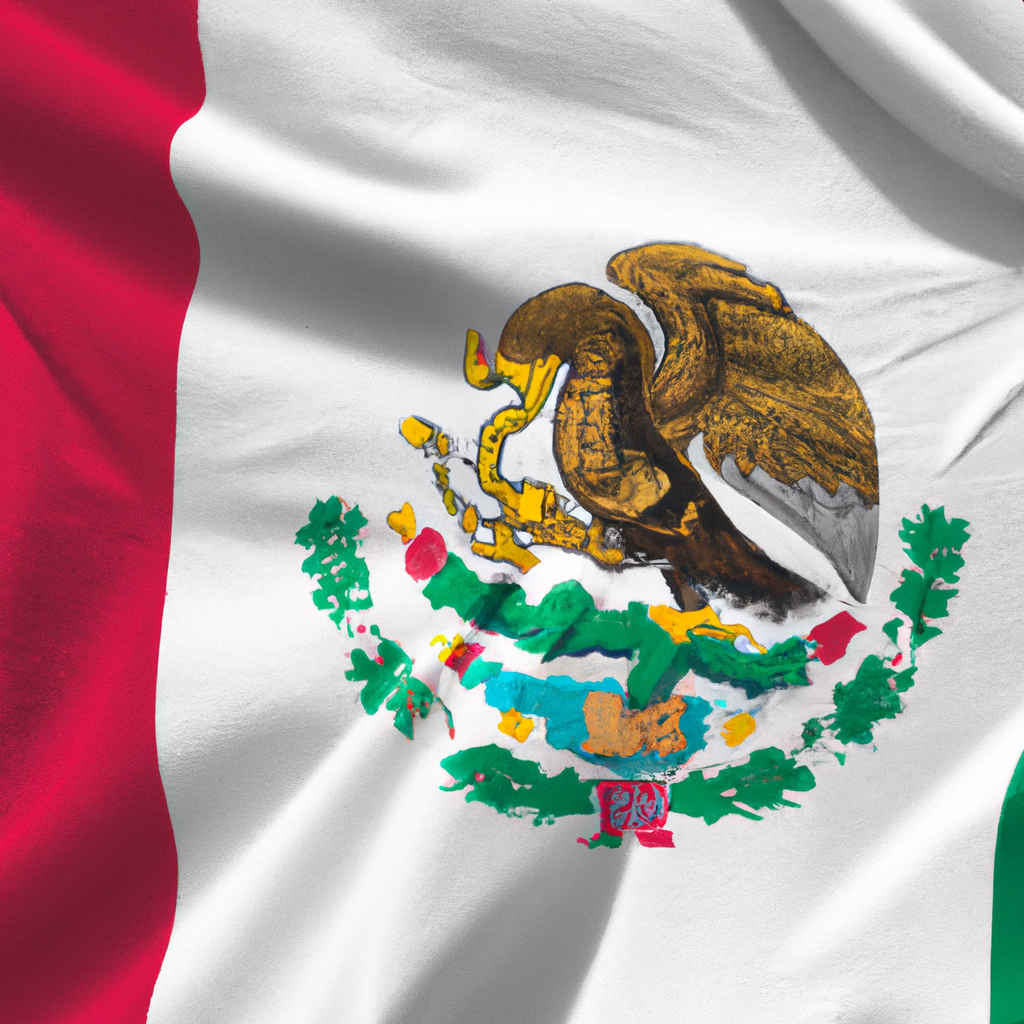What is the quality of healthcare in Mexico?
Post ByAdequate Travel
Summary
The quality of healthcare in Mexico is an important topic of discussion that has come into focus as healthcare remains a priority concern in many countries around the world. In this blog post, we will discuss the healthcare system in Mexico, including indicators of quality, improvements that have been made, and remaining challenges.
The quality of healthcare in Mexico varies depending on several factors, including the region, public or private healthcare facilities, and socioeconomic status. Overall, Mexico has a two-tiered healthcare system, with public healthcare provided by the Mexican Social Security Institute (IMSS) and the Ministry of Health (SSA) and private healthcare provided by various insurance companies and hospitals.1. Public Healthcare System:- Mexican Social Security Institute (IMSS): IMSS is the largest public healthcare provider in Mexico, serving both formal sector employees and their dependents. It provides comprehensive healthcare services, including primary care, hospitalization, surgeries, medications, and preventive care. While IMSS has a wide coverage network, some complaints about long waiting times and limited resources have been reported.- Ministry of Health (SSA): The SSA offers healthcare services through a network of health clinics and hospitals across the country, primarily targeting low-income populations and the uninsured. While SSA provides essential services at low or no cost, lower budget allocation often results in infrastructure challenges and shortages of medical supplies.2. Private Healthcare System:- Private Hospitals: Mexico has a robust private healthcare sector, particularly in urban areas. These hospitals often provide high-quality healthcare services and are well-equipped with advanced technology. They usually offer shorter waiting times and a more personalized approach to patient care. However, accessing private healthcare can be expensive and is generally limited to those who can afford private insurance or can pay out of pocket.- Private Insurance: Many Mexicans opt for private health insurance to access better healthcare services or to supplement their public healthcare coverage. Private insurance plans provide a broader range of options, including a choice of doctors and hospitals, and faster access to treatments.Examples of healthcare challenges in Mexico:- Regional Disparities: Healthcare quality can vary significantly between urban and rural areas. Rural areas often face limited access to healthcare facilities, shortages of medical personnel, and lower availability of specialized treatments.- Waiting Times: In both public and private sectors, long waiting times for specialized consultations, surgeries, and certain medical procedures can be a common issue. This can lead to delayed diagnoses and postponed treatments.- Quality Control: While many healthcare providers deliver high-quality care, there have been cases of medical malpractice and issues regarding patient safety. Regulatory bodies, such as the Federal Commission for the Protection against Sanitary Risk (COFEPRIS), are responsible for monitoring and ensuring the quality of healthcare services in the country.It is important to note that this is a generalized overview, and the healthcare experience can differ on an individual basis. It is recommended for individuals considering healthcare in Mexico to thoroughly research and evaluate both public and private providers before making decisions.Before embarking on your journey to mexico, make sure to check the latest travel guidelines and entry requirements to ensure a smooth trip
Suggested Questions
- Templo de San Francisco, Zacatecas City: Horror Story, History & Paranomial Activities
- Templo de la Santísima Trinidad, Valle de Bravo, Mexico State: Horror Story, History & Paranomial Activities
- Palacio de Gobierno, Querétaro City: Horror Story, History & Paranomial Activities
- Basílica de Nuestra Señora de los Remedios, Puebla City: Horror Story, History & Paranomial Activities
- Ex-Hacienda de San Diego, San Cristóbal de las Casas, Chiapas: Horror Story, History & Paranomial Activities
- Hacienda del Jaral de Berrio, Guanajuato: Horror Story, History & Paranomial Activities











